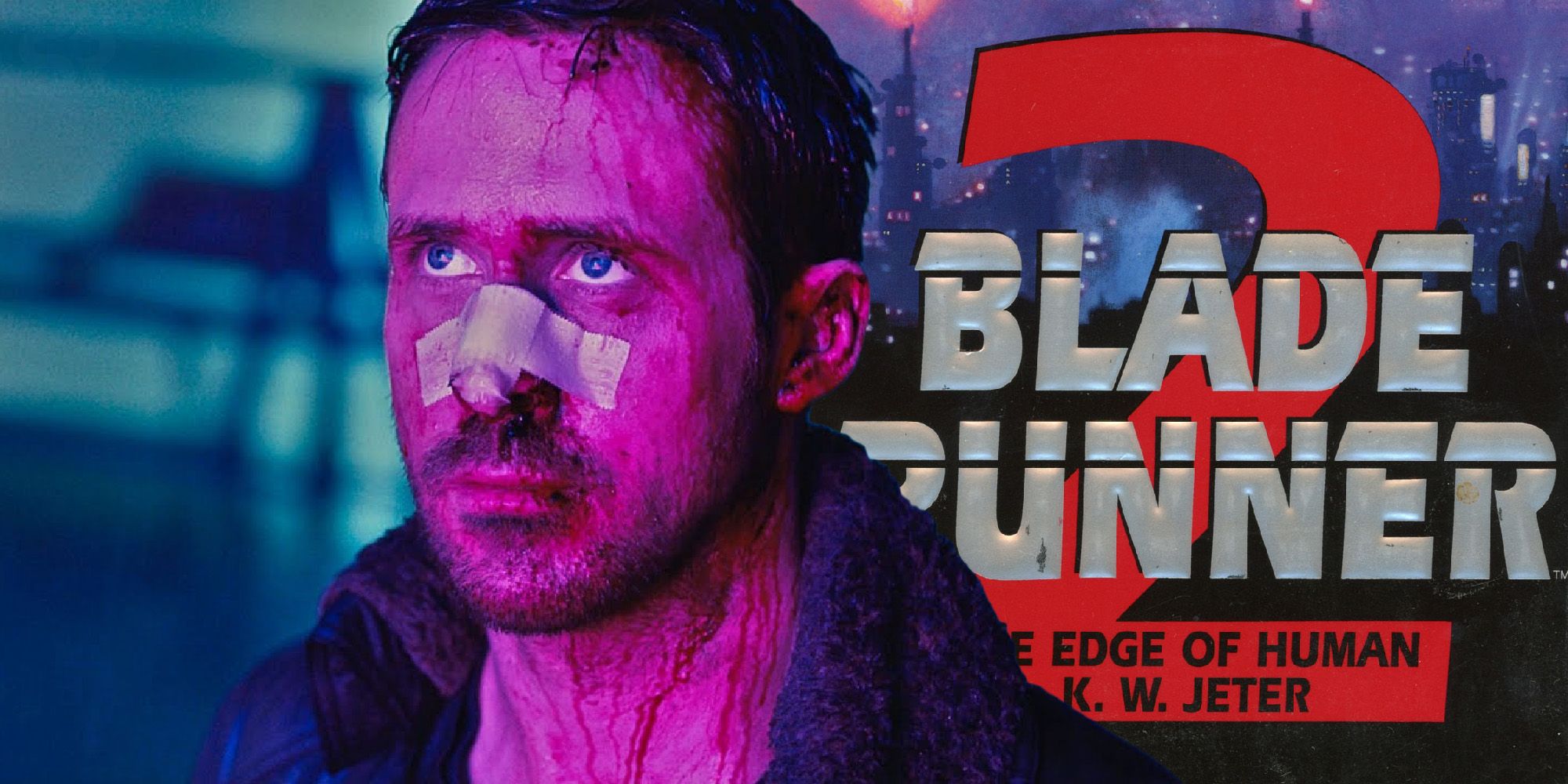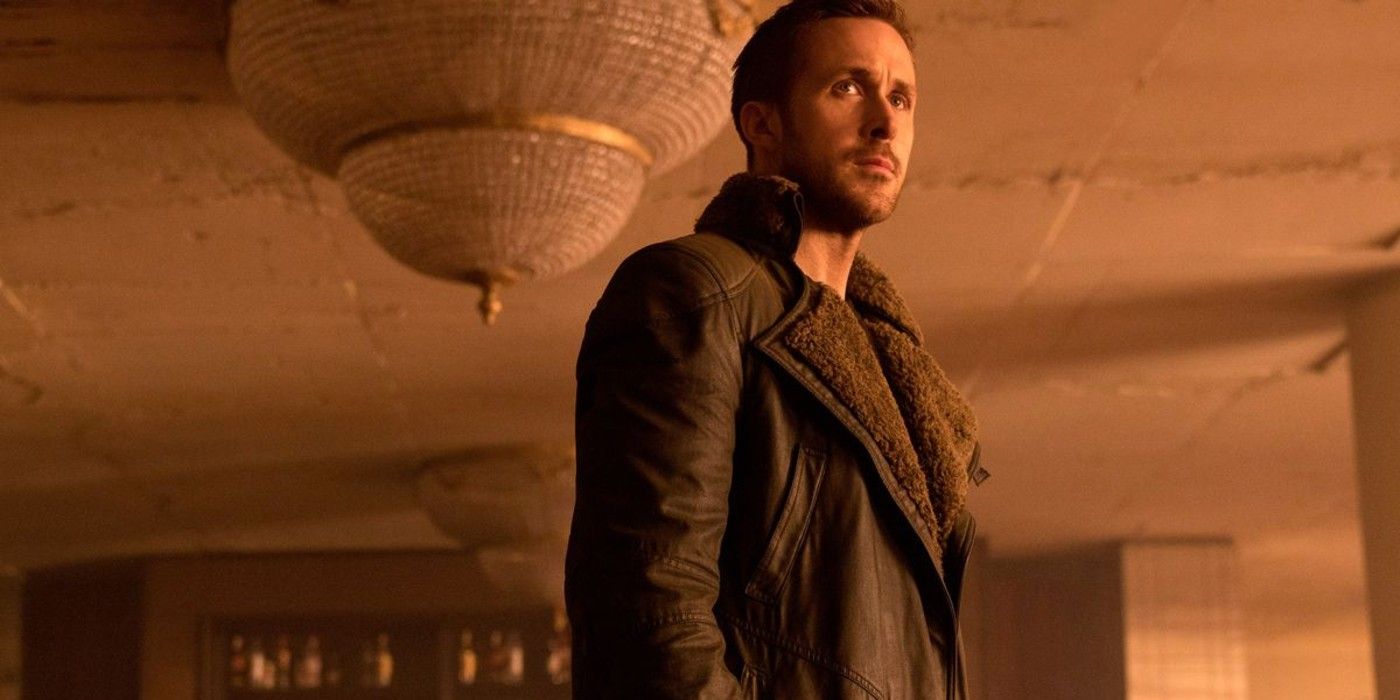Here’s why Denis Villeneuve’s Blade Runner 2049 did not adapt the original book sequel, Blade Runner 2: The Edge of Human. Written by K.W. Jeter, The Edge of Human is a continuation of the 1982 film Blade Runner and Philip. K. Dick’s novel, Do Androids Dream of Electric Sheep? The Edge of Human picks up the story of Rick Deckard, the titular blade runner, as portrayed by Harrison Ford in Ridley Scott’s sci-fi cult classic. In terms of thematic and tonal qualities, The Edge of Human expands upon the sordid cyberpunk world of Blade Runner while attempting to weave yet another narrative about a futuristic class divide.
The Edge of Human garnered average to negative reviews from critics, who praised Jeter's writing for delving deeper into Dick's dystopian philosophies but deemed the sequel novel too shallow in comparison to the original. The narrative of the sequel novel opens with Deckard taking Rachael to a Tyrell Corp. transport container, with the aim of slowing down the replicant aging process, so as to prolong her already-dwindling lifespan. Meanwhile, Deckard is asked by Sarah Tyrell, the heiress to Tyrell Corp., to hunt down the missing sixth replicant, while blade runner Dave Holden is hired to hunt down a possible replicant suspect - Deckard himself.
The Edge of Human ends with an ugly twist in events in which Rachael is killed, and, unbeknownst to Deckard, is replaced by her human template, Sarah. While Rachael's end makes the Blade Runner sequel darker and grittier than the original in multifarious ways, The Edge of Human fails to establish a thread of originality throughout the narrative, perhaps due to the fact that it is too conscious of its potential cinematic adaptability.
The events of Villeneuve’s Blade Runner 2049 film do not draw from or replicate the events of the sequel novel in any way as it is revealed that Rachael and Deckard were able to conceive a child before the former passed away. Villeneuve’s narrative focuses heavily on K (Ryan Gosling), a replicant blade runner doomed to hunt down his own kind, and who struggles with his identity and his worth within the greater socio-cultural context of Blade Runner. When compared to the book sequel, this premise holds much more promise, as it not only weaves in fresh characters while allowing a deeper look into the human-replicant relationship but also introduces pertinent moral quandaries amid a dystopian setting. While both Rachael and Deckard play a seminal role in 2049, as Niander Wallace (Jared Leto) acts as a threat to their child, Villeneuve’s narrative is more intricate and well-woven, especially with the presence of characters like Sapper Morton and Luv.
Apart from this, The Edge of Human was adapted into a screenplay by Stuart Hazeldine titled Blade Runner Down in the late 1990s and slated to be a sequel to the original movie. The script of Blade Runner Down also contained spinnets from Jeter’s other sequel novel, The Replicant Night, but ultimately, the project was scrapped. While The Edge of Human is an admirable sequel setup, the novel relies too heavily upon Blade Runner to the point that the dialogue feels dull and uninspired. While The Edge of Human is not slated to be adapted into the big screen anytime soon, one can hope for a sequel to Blade Runner 2049, which will potentially enhance and echo the neon-tinged dystopia fans know and love.


